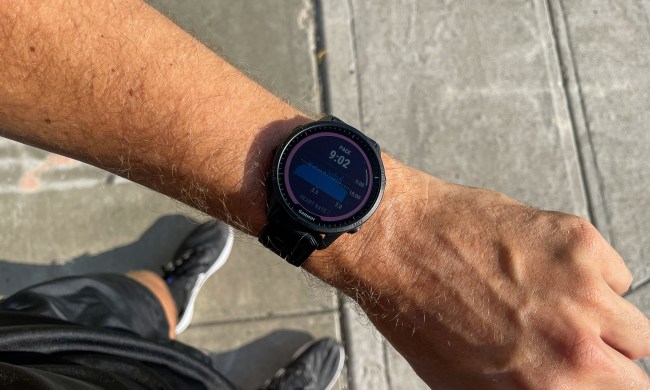With the current urgency that exists around the coronavirus crisis, there have been several high-tech attempts to utilize everything from location-tracking apps to drones to try and monitor its spread in real time. But as the botched Google Flu Trends experiment proved a few years back, monitoring the ebb and flow of viral infections is a seriously difficult problem. While there’s no shortage of data generated on a moment-to-moment basis, choosing the right data to focus on — searches, tweets, location information — is like hunting for a flu-covered needle in a wildly contagious haystack.
Researchers from the University of Massachusetts Amherst think they’ve found one ubiquitous indicator of influenza-type viral infections: Coughs. By detecting outbreaks of coughs and where they take place, they believe it could be possible to track the spread of future viral outbreaks. And stop them.
This is the basis of a project called FluSense. Although it’s not yet ready for prime time, FluSense is a portable surveillance device powered by machine learning that could one day conceivably take the form of a smoke detector-style sensor. Using an onboard microphone array that detects coughing and sneezing, alongside a thermal camera for monitoring crowd size, the platform could be used to directly monitor flu-like illnesses as they spread. This data could then be used to take necessary action.

“The high-level idea was that if we can develop off-body sensing systems that can capture syndromic signals directly and passively from crowds in public spaces, we can potentially capture underlying pandemic and epidemic trends [one to two weeks earlier] than the [Centers for Disease Control and Prevention] (CDC),” Tauhidur Rahman, assistant professor of computer and information sciences, told Digital Trends. “Although we have only validated the system in the context of hospital waiting rooms, FluSense has the promise to work in a much wider public space context. We ran a seven-month-long deployment and analyzed over 21 million audio samples and 350,000 thermal images to run the analysis.”
Poring over this data, the team discovered a strong statistical link between flu-like illness severity and the daily cough count recorded on the UMass campus. Its FluSense devices were placed in four health care waiting rooms at the university’s health services clinic.
“As there will be a significant advancement of ubiquitous sensors and computing devices [in the future], we can envision this platform being even more affordable and ubiquitous while being very easy to deploy and manage, even in very remote places of the world,” Ph.D. student Forsad Al Hossain told Digital Trends. “We believe in the coming edge of ubiquitous sensors and [Internet of Things] devices. it will be possible to improve the capability and affordability of FluSense to a point that it might be as ubiquitous as a smoke detector.”


